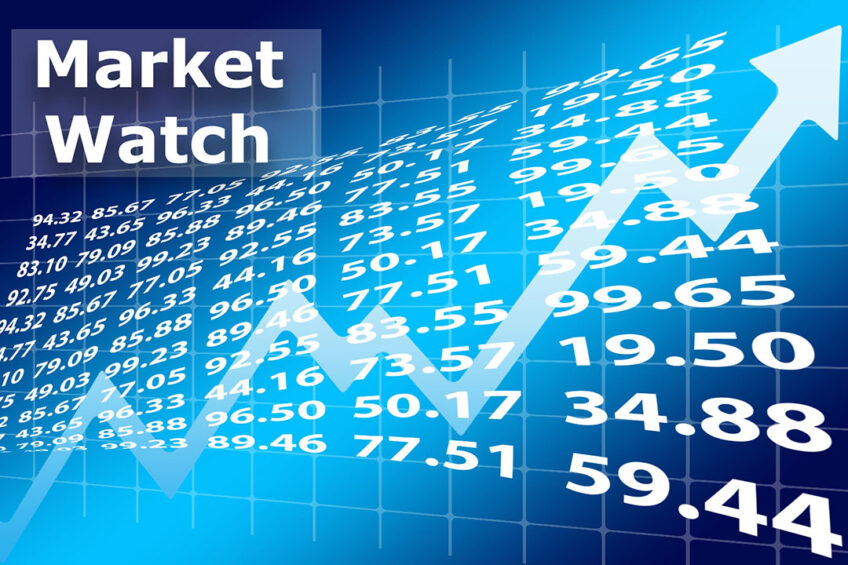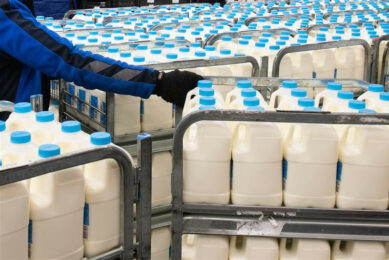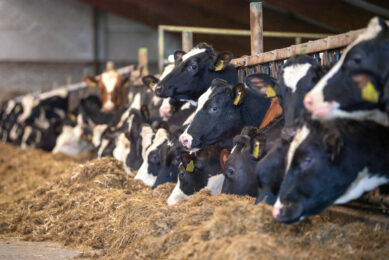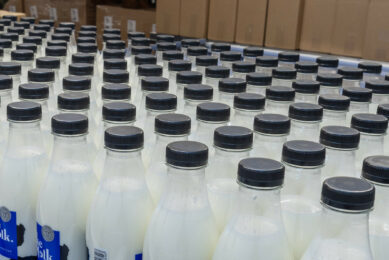Milk prices to start the season firmly on the front foot

Global dairy supply is constrained, and robust demand continues. Westpac expects dairy prices to start the 2021-2022 season firmly on the front foot.
Westpac New Zealand has upgraded its 2021-2022 farmgate milk price forecast by 54 cents to US$ 5.77 per kg milk solids. At the same time, the bank has reaffirmed its 2020-2021 forecast at US$ 5.70 per kg milk solids. If realised, these will be the 3rd and 2nd highest milk prices on record.
Increasing demand for milk from China throughout the pandemic pushed the global price higher and with New Zealand exporting up to 96% of its dairy product, farmers got a real boost in recent times.

Senior agri economist Nathan Penny from Westpac expects dairy prices to start the 2021-2022 season firmly on the front foot. Penny says the auction result of the Global Dairy Trade auction on 20 April equates to a milk price of over US$ 6.50 per kg milk solids.
Dairy product markets
Dairy Global offers readers access to the futures market, a clear overview of prices for raw milk, dry whey, skimmed milk powder, cheese, and butter. Stay up to date…
Prices were just a fraction lower (0.1%) from the last auction. The average price came to US$ 4110 per tonne of milk. Whole milk powder prices gained 0.4% to US$4097 a tonne. Skim milk powder traded at US$ 3365 a tonne and remained unchanged. Anhydrous milk fat prices were 3.3% lower at US$ 6003 a tonne.
According to analyst Penny, New Zealand’s dairy supply is constrained. “That said, we expect a very modest supply response to the high milk price by historical standards. As such we expect that dairy prices will remain stronger for longer.”
New Zealand dairy supply is constrained for a range of reasons, including environmental constraints, strong competition for land and water from other uses such as horticulture, forestry, drystock and urban uses, capital constraints – overseas investment is limited given restrictions on farmland purchases and labour constraints – farmers are facing ongoing worker shortages.
Westpac expects a modest production growth of 2% next season. “While this would be in addition to the 1% growth we expect this season, it is modest given the very healthy milk price,” Penny says.
Indeed, following the record milk price in 2013-2014, production grew a whopping 10% over the season.”
The global dairy supply is similarly constrained, Penny emphasises. The European Commission and the USDA expect relatively modest growth over 2021 of 1% and 2%, respectively. The constraints that New Zealand farmers are facing are similar to those facing European and American farmers.
Dairy product markets
Dairy Global offers readers access to the futures market, a clear overview of prices for raw milk, dry whey, skimmed milk powder, cheese, and butter. Stay up to date…
Westpac expects robust demand to continue. Strong Chinese and South-East Asian demand is underpinning the price strength, and Penny expects this to be ongoing through 2021. “Notably, we expect the Chinese economy to expand by 10% over 2021,” he says.
New Zealand dairy giant Fonterra recently completed the sale of its 2 wholly owned China farming hubs in Ying and Yutian. As announced earlier, the sale of the farms to Inner Mongolia Youran Dairy Co. Ltd (Youran) was subject to anti-trust clearance and other regulatory approvals in China. These approvals have now been received.
The transaction proceeds comprise the original sale price of US$ 370 million plus US$ 28 million in settlement adjustments, giving cash proceeds of US$ 398 million. CEO Miles Hurrell of Fonterra says its China team will continue to focus on creating value from its New Zealand farmers’ milk through new products, applications, and close partnerships with customers.
The Australian average farm gate milk price will increase by 2% to US$ 0.38 per litre in 2021-2022, according to the Australian Bureau of Agricultural and Resource Economics and Sciences (ABARES). A new report shows imports of dairy products are returning to pre-pandemic levels for Australia’s major trading partners, and global supply growth is forecast to decline slightly in 2020-2021, the report says.
ABARES expects competition in Australia among domestic milk processors for supply will continue to ease as production recovers from historically low levels. Australian milk production is forecast to increase by 1% in 2020-2021.
Dairy product markets
Dairy Global offers readers access to the futures market, a clear overview of prices for raw milk, dry whey, skimmed milk powder, cheese, and butter. Stay up to date…
Join 13,000+ subscribers
Subscribe to our newsletter to stay updated about all the need-to-know content in the dairy sector, two times a week.










